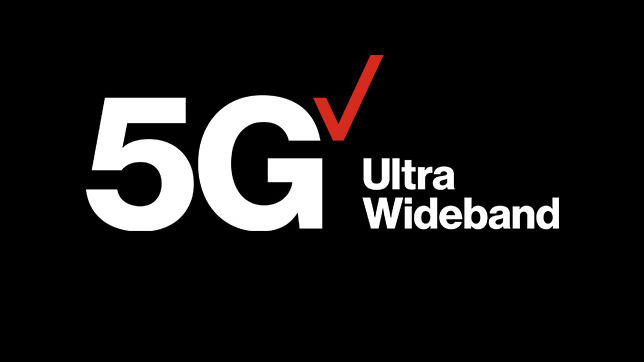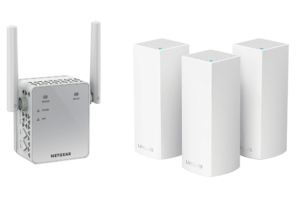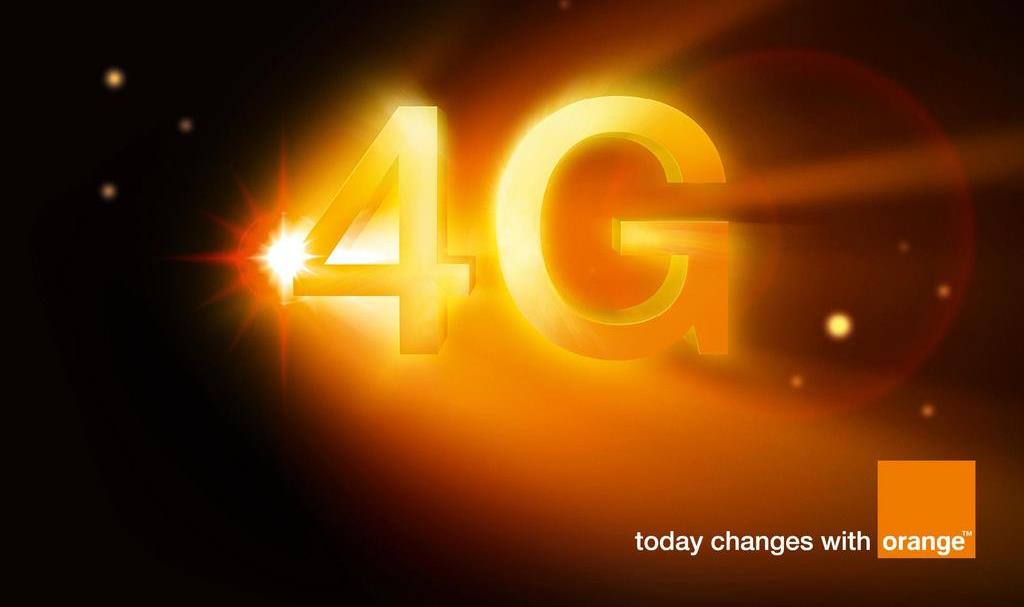If you live in the US, you might think that the 5G cellular network has an identity crisis. This is because phone carrier companies like Verizon, T-Mobile, and AT&T advertise a couple of different 5G flavors. The most recent one is the 5G Ultra Wideband which started rollout last month (January 2022). If this popped up on your phone’s status bar you may reasonably wonder what it is.
Wonder no more as in this post we will debunk the confusion that surrounds the 5G mobile phone networks. Before we get to what the 5G Ultra Wideband is, we should first understand the various 5G technologies we have available.
So, let’s get some background information. Basically, 5G networks use a specific band of waves otherwise known as a spectrum. These waves can operate at a variety of frequencies which, for 5G, can be narrowed down to 3 frequency ranges.
Also Read: How to tell if your phone supports 5G
Low Band: Lower Bandwidth But Good Range
The first spectrum is the low-frequency spectrum which is any 5G frequencies below 4GHz. The main feature of this spectrum is the ability to go further and to penetrate obstacles such as buildings. This is what provides a good network coverage range. The downside here is its bandwidth which is barely above what 4G LTE offers.
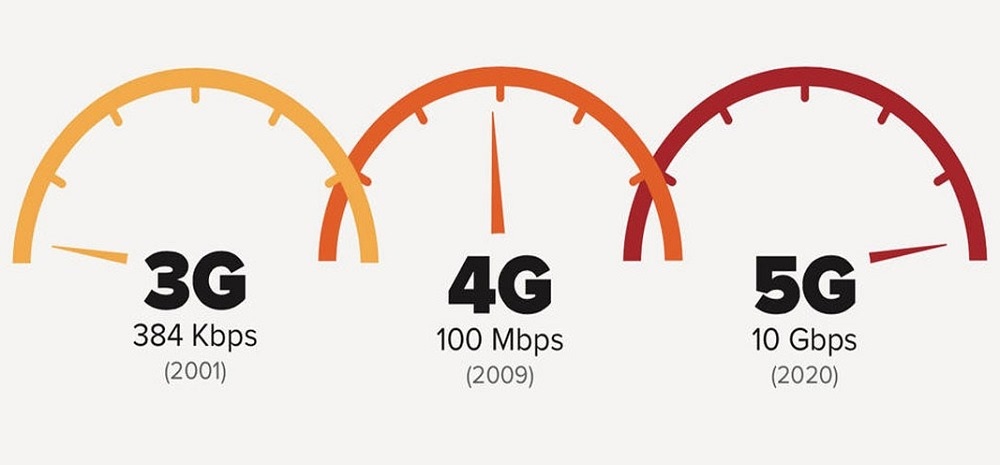
Average network speeds for the low band are around 100Mbps and rarely peak above 200Mbps. If there’s a need for more speed, we need to move up the 5G spectrum. Important to note that the low-band 5G frequency is the backbone used by key 5G implementers in a quest to offer nationwide 5G coverage.
Also Read: Top 10 questions about 5G, the next mobile data standard
Mid Band: A Healthy Balance Between Bandwidth and Coverage
This is otherwise known as the C-Band. Officially, the C band is considered as any frequency between 4GHz and 8GHz. Although some carriers in the US brand frequencies between 3.8GHz and 3.98GHz as C-band.
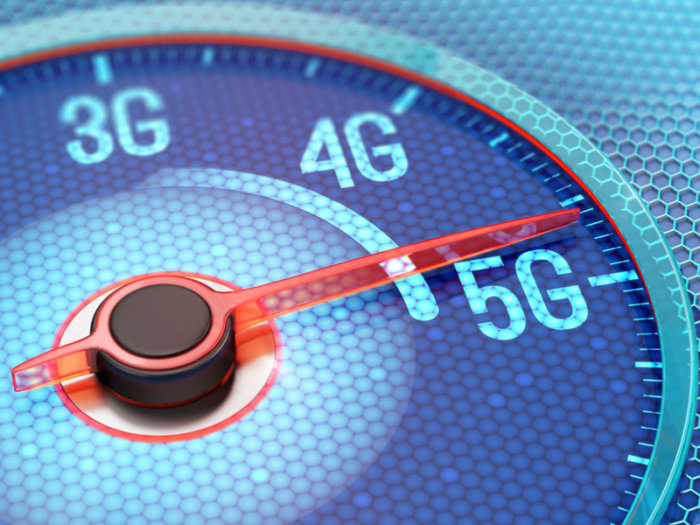
This mid-band improves on the speeds of the low band but loses some coverage ability in doing so. The C-band is considered to offer a reasonable balance in speed and range. Real-life average bandwidths of this spectrum are usually above 400Mbps.
Also Read: 5G mobile network and 5G Wi-Fi: What’s the difference?
Millimeter-Wave (mmWave): High Speed but limited coverage
This spectrum covers frequencies above the 24GHz range. The mmWave has not been implemented worldwide as much as the other two spectrums. Though some carriers in the US have done it, it has been at a relatively low scale. As you may have guessed, mmWave suffers all the benefits of the low-band as its deficiencies.
This means it losses significant coverage when going through obstacles such as buildings. However, when you happen to get a mmWave signal, it is mind-blowing fast. You can expect speeds of well above 1Gbps. I should mention that there is not one 5G spectrum that is better or worse than the other. All carriers in the US have plans to use all three spectrums to have a more comprehensive network.
Also Read: Should You Buy A 5G Smartphone
Now, The 5G Ultra Wideband
Unfortunately, 5G Ultra Wideband is a marketing term used by Verizon and not an official name for any 5G technology. Verizon markets both the C-band and the mmWave as 5G Ultra Wideband. So, if you see 5G UWB or 5G UW on the status bar of your phone, just know you are connected to either the mmWave or the C-band. Verizon then brands the low-band 5G spectrum as Nationwide 5G, which might just read 5G on your phone’s status bar.
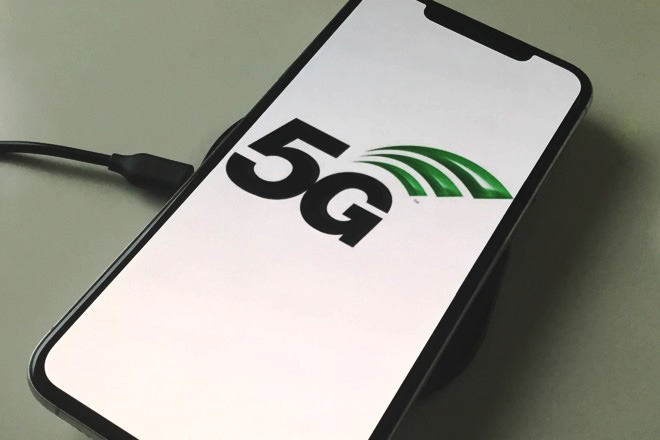
And as you may expect, other phone carriers are not to be left behind in naming their 5G networks. Notoriously, AT&T refers to their upgraded 4G network as 5G Evolution (5GE), which is not 5G at all. When it comes to low the band spectrum, AT&T brand it as 5G. They then bundle up the C-band and the mmWave and call them 5G Plus. This essentially means Verizon’s 5G Ultra Wideband is equivalent to AT&T’s 5G Plus.
With T-Mobile, low frequency 5G is known as Extended Range 5G. Then the mmWave and C bands are referred to as Ultra Capacity 5G (5G UC). Key to note T-Mobile plans to start rolling out the C-Band 5G in 2023. Again, T-Mobile’s Ultra Capacity 5G is peers with AT&T’s 5G Plus and Verizon’s 5G Ultra Wideband.
Also Read: Top 5G Phones to Buy In Kenya Today
Apple’s Ultra Widband
For the avoidance of confusion, Google, Apple, and other companies also use the Ultra-Wideband technology in some of their devices such as Apple AirTags which has nothing to do with 5G.
Also Read: Safaricom 5G: All You Need to Know


